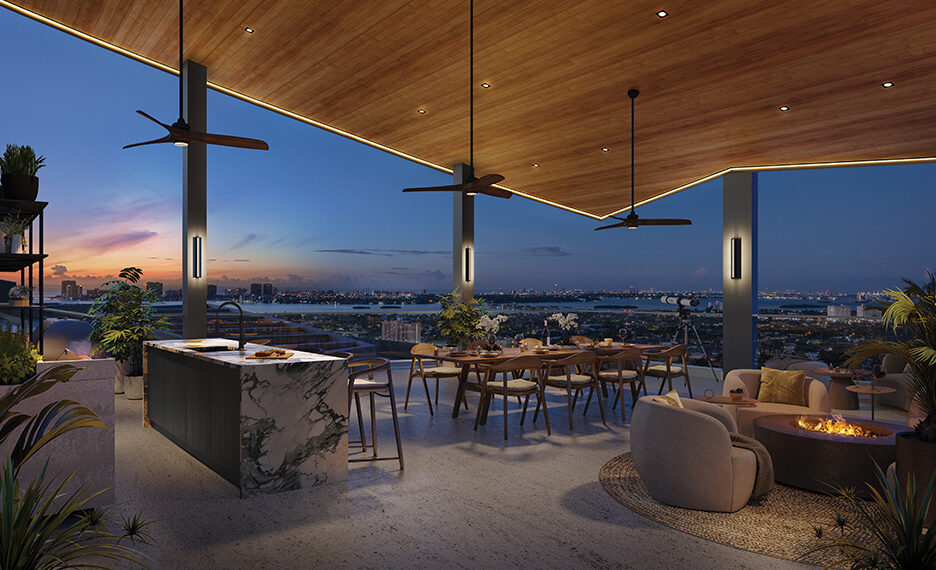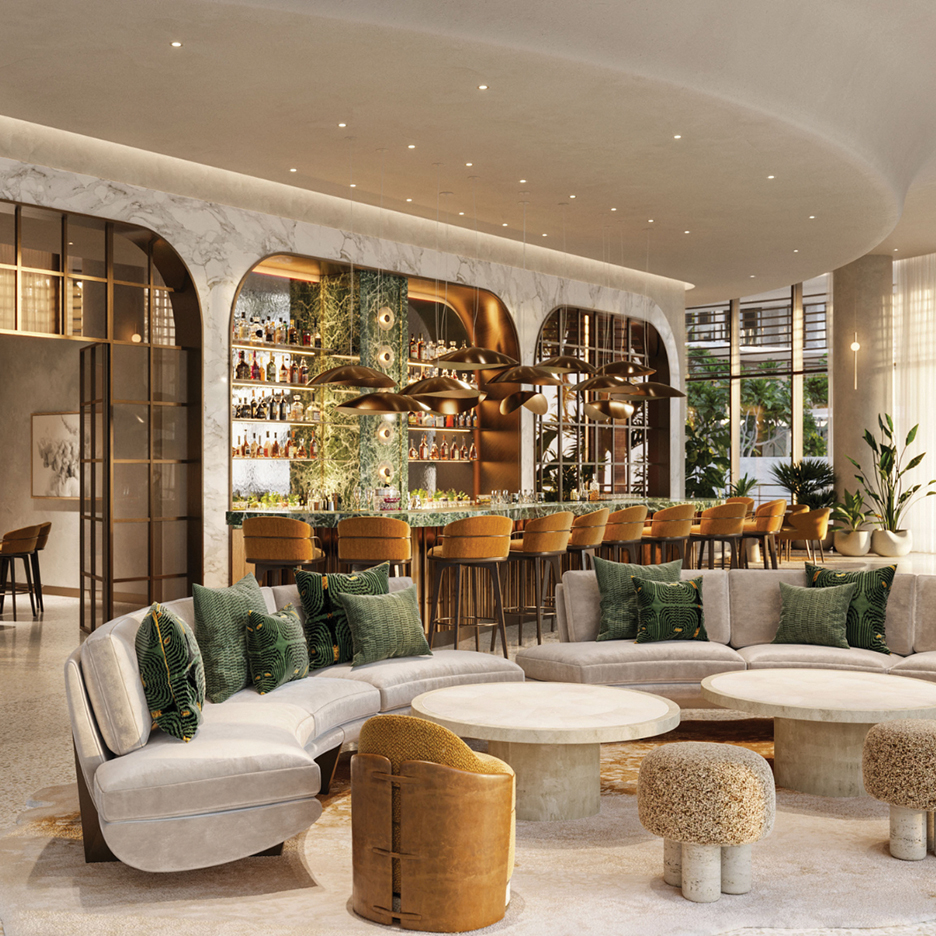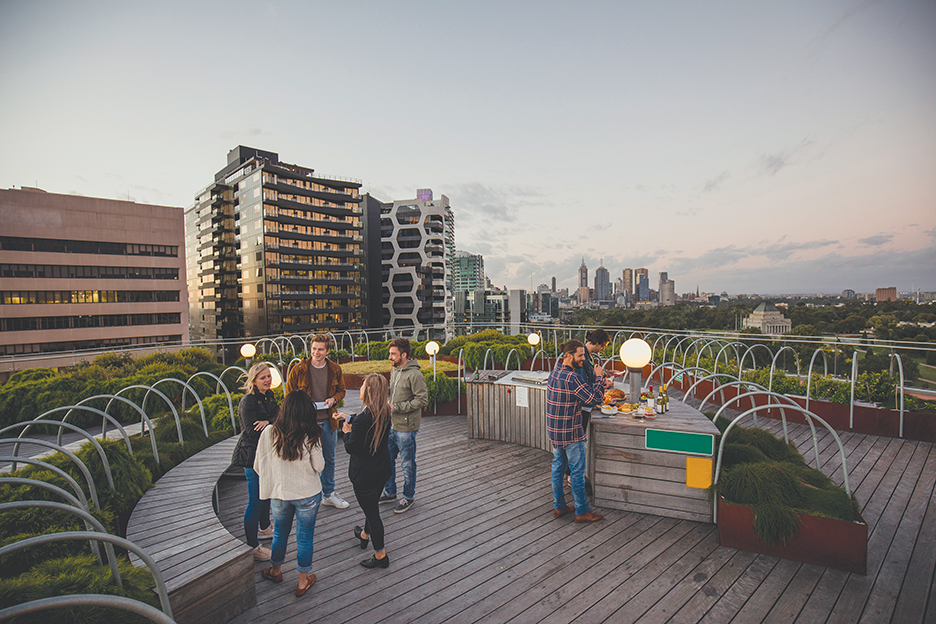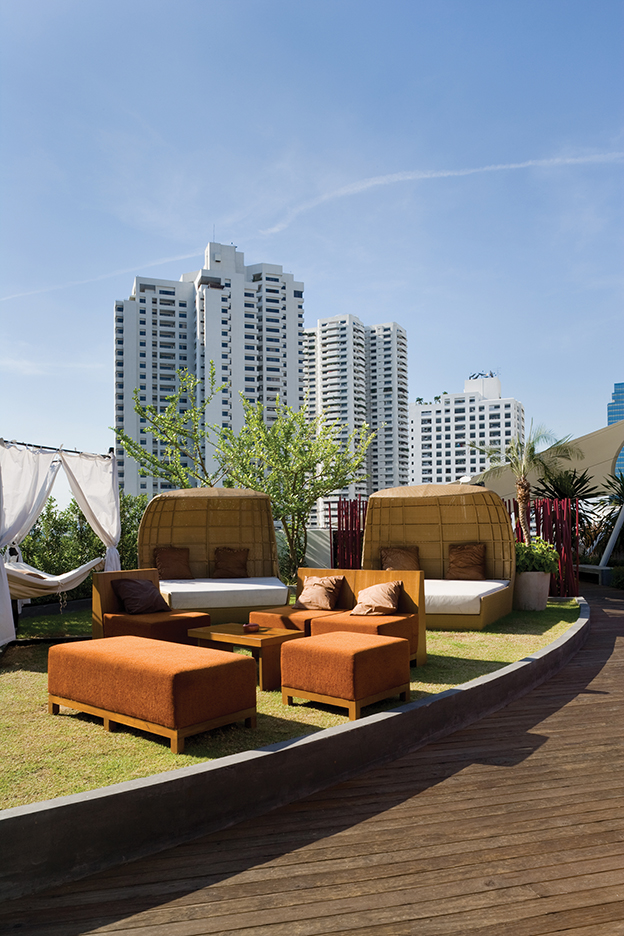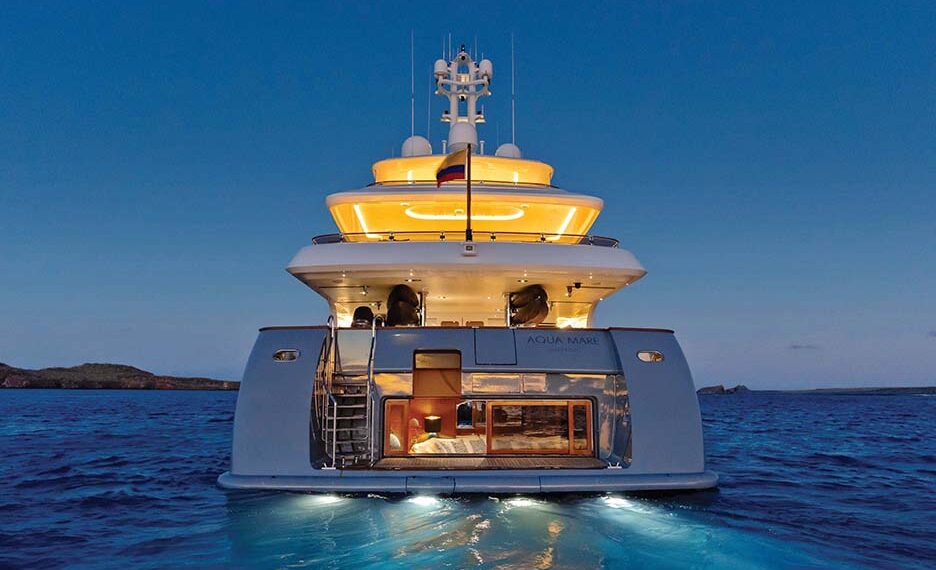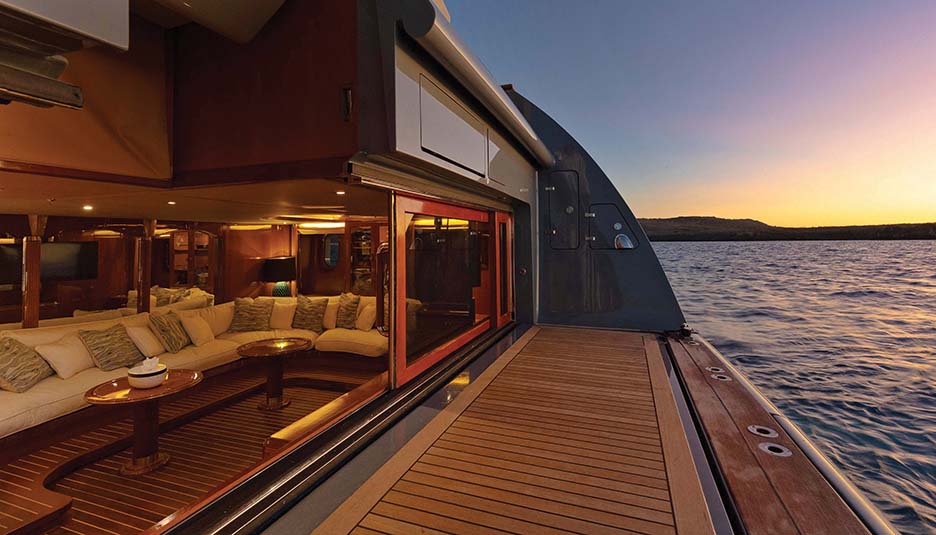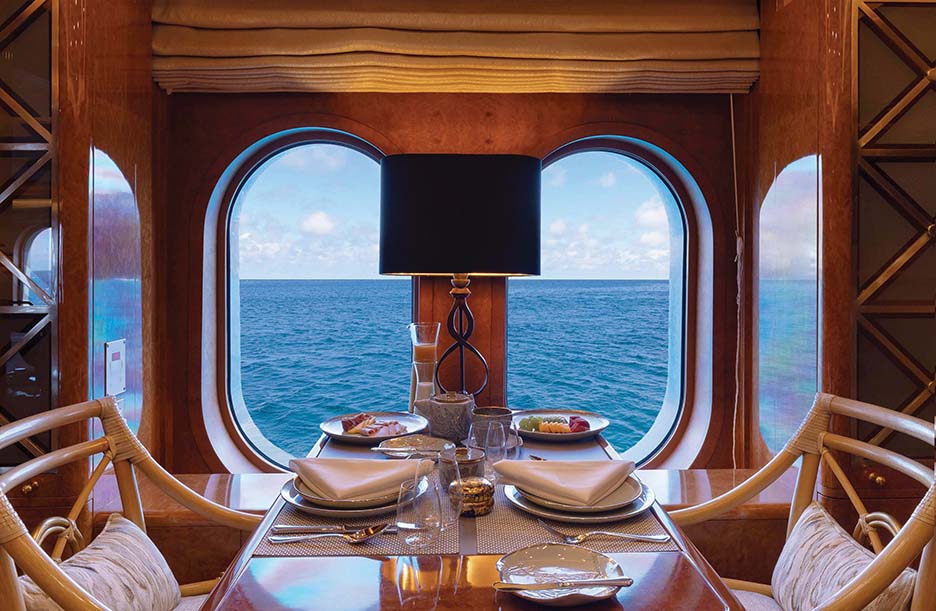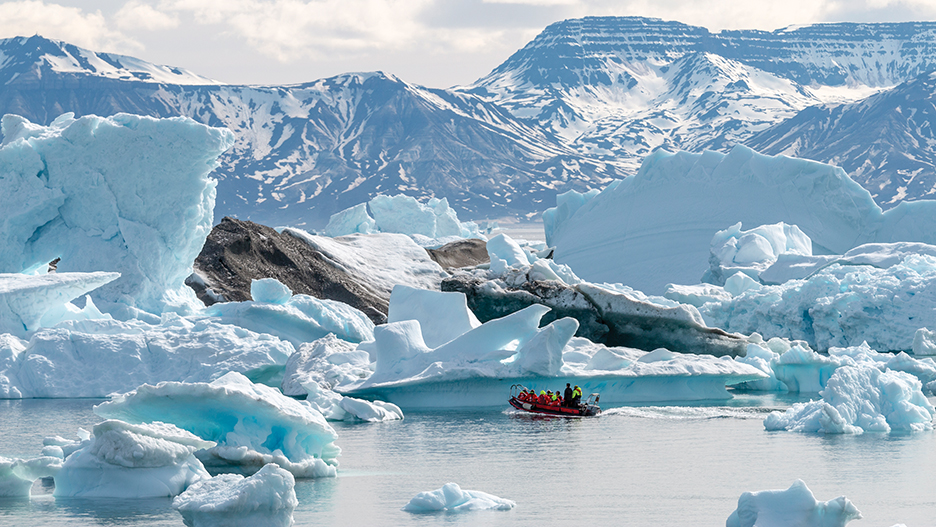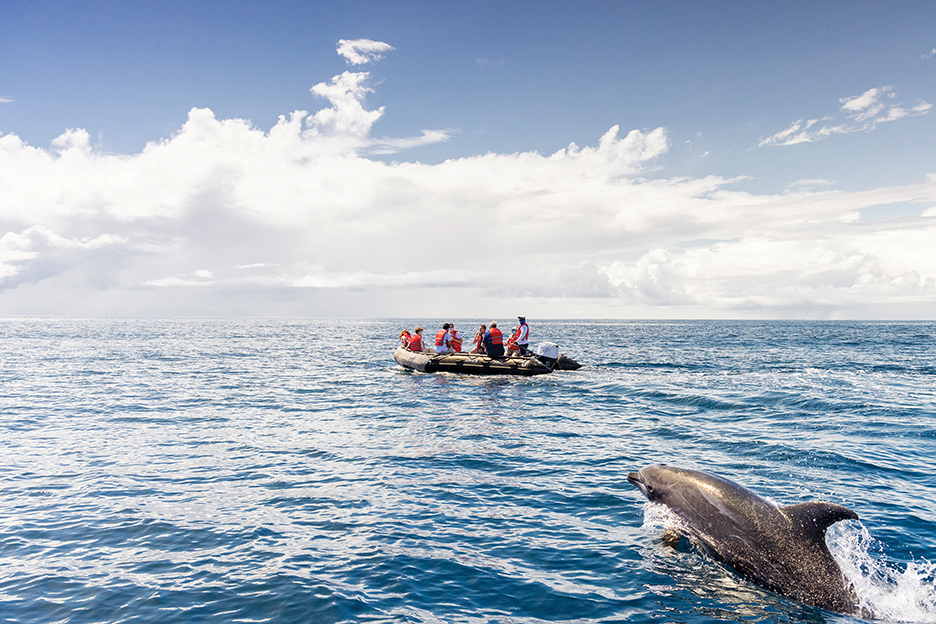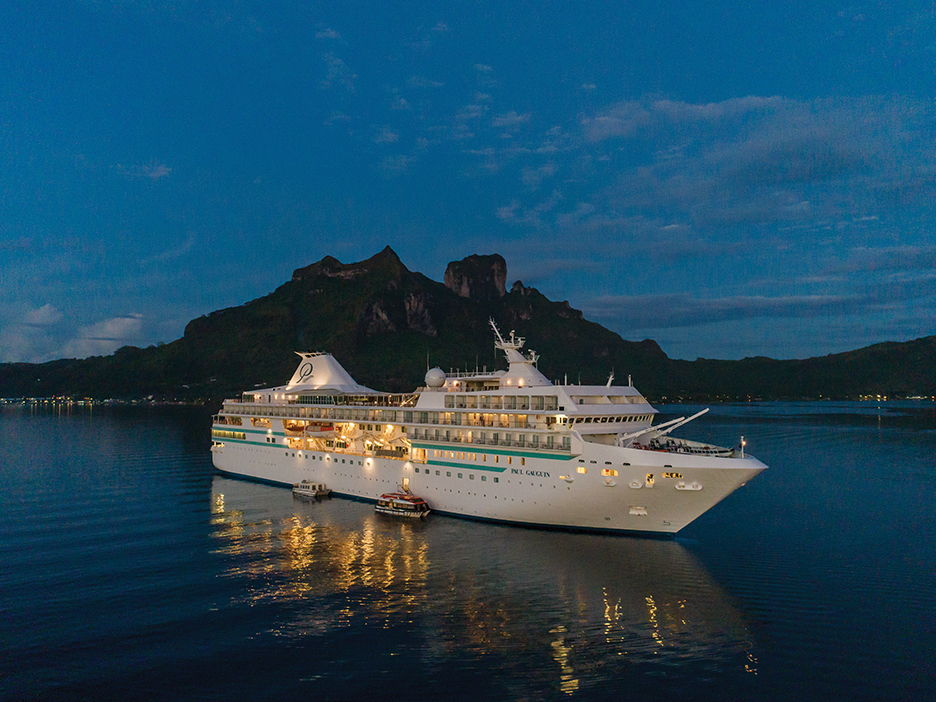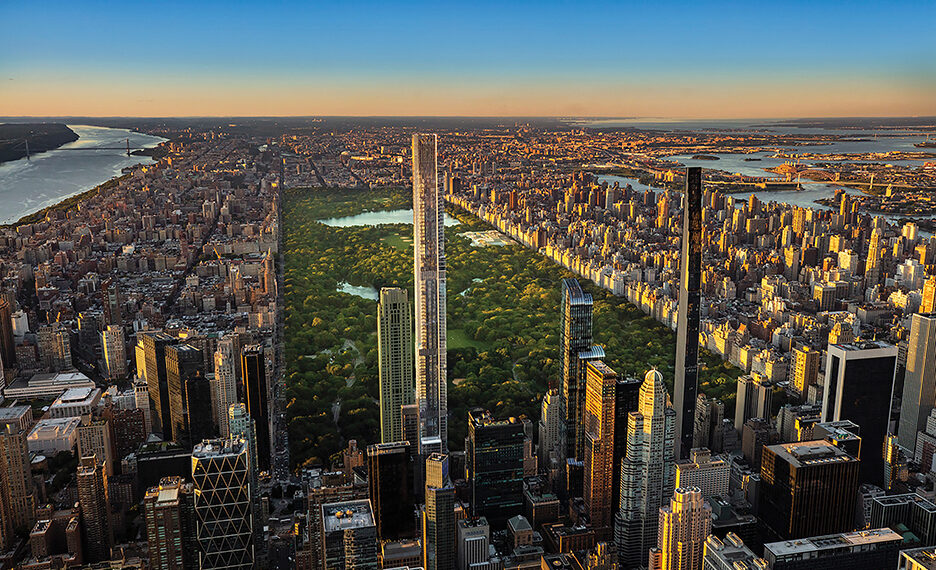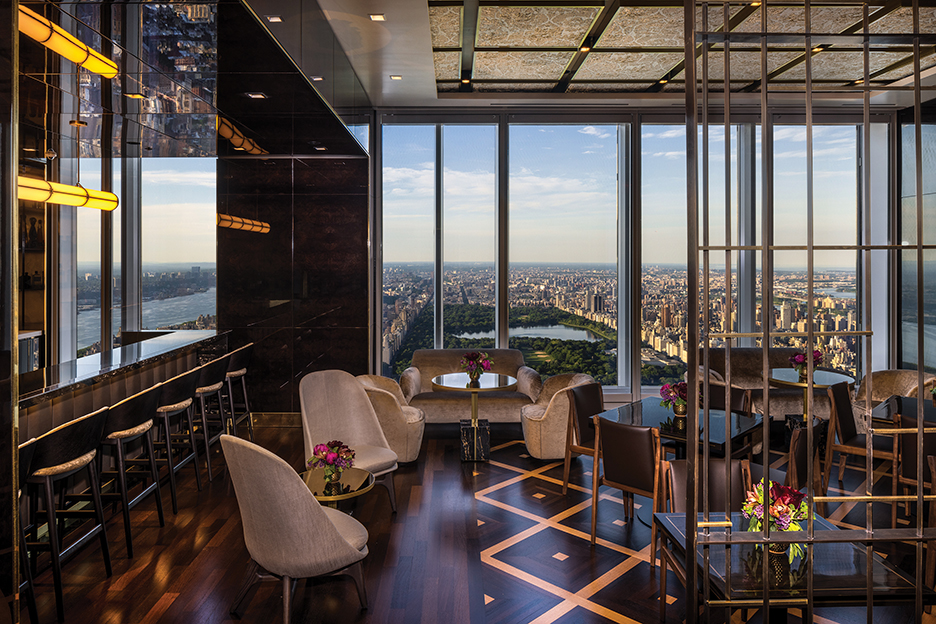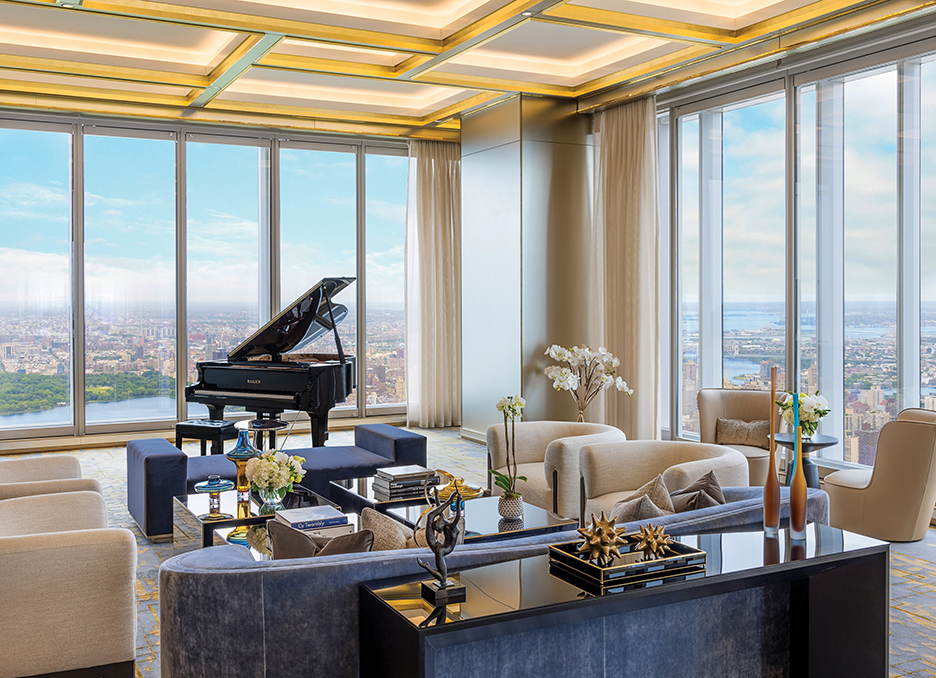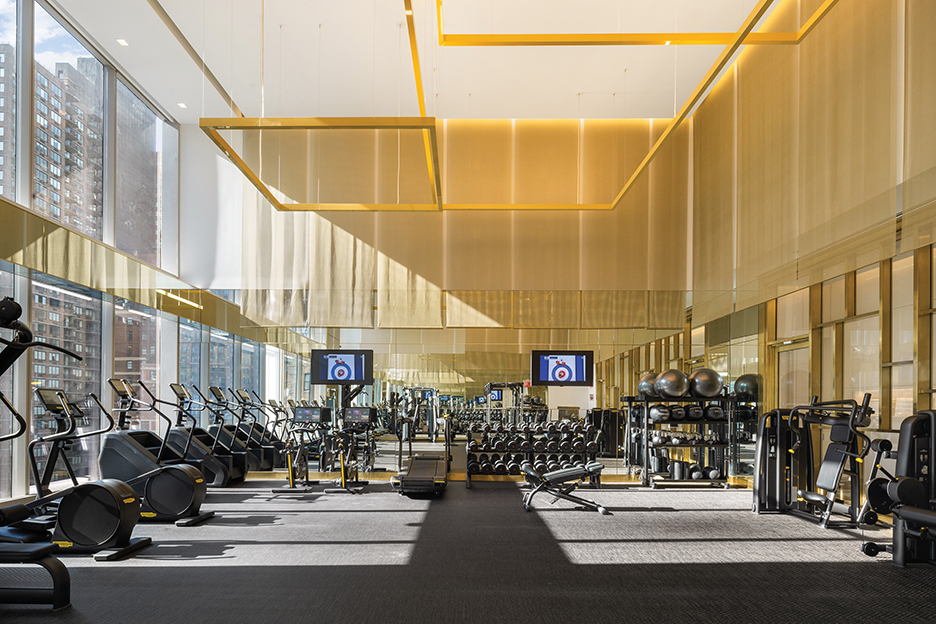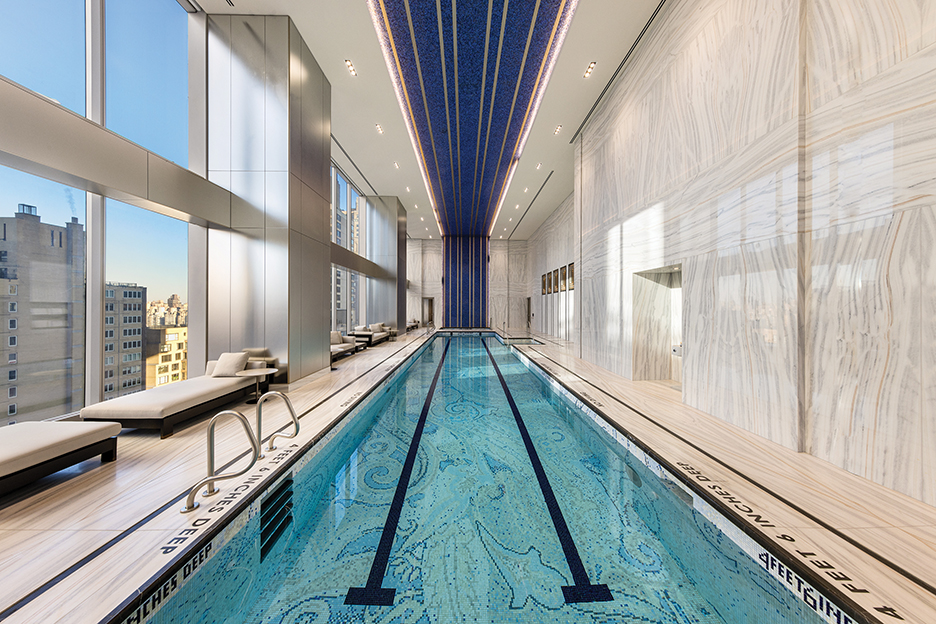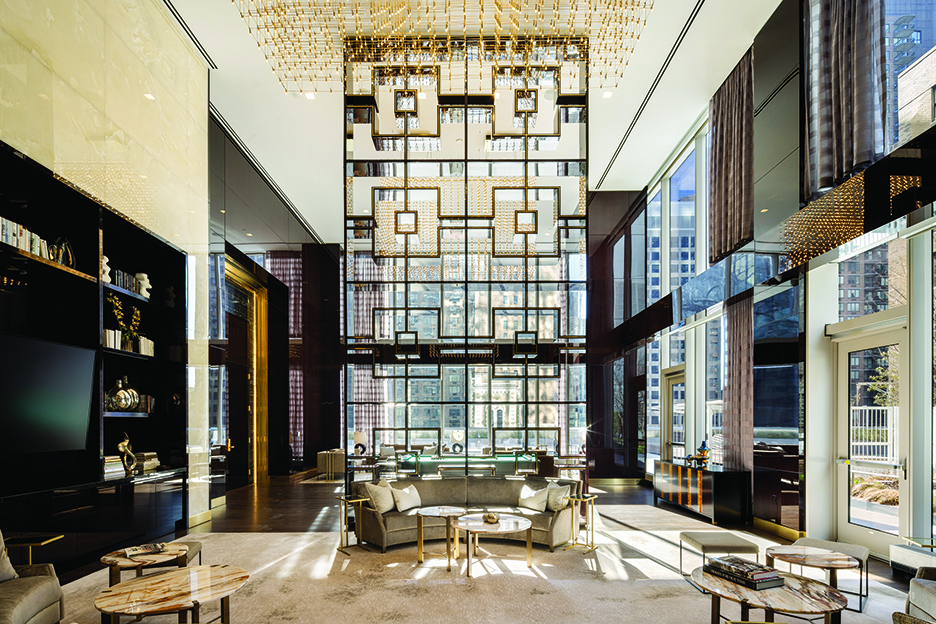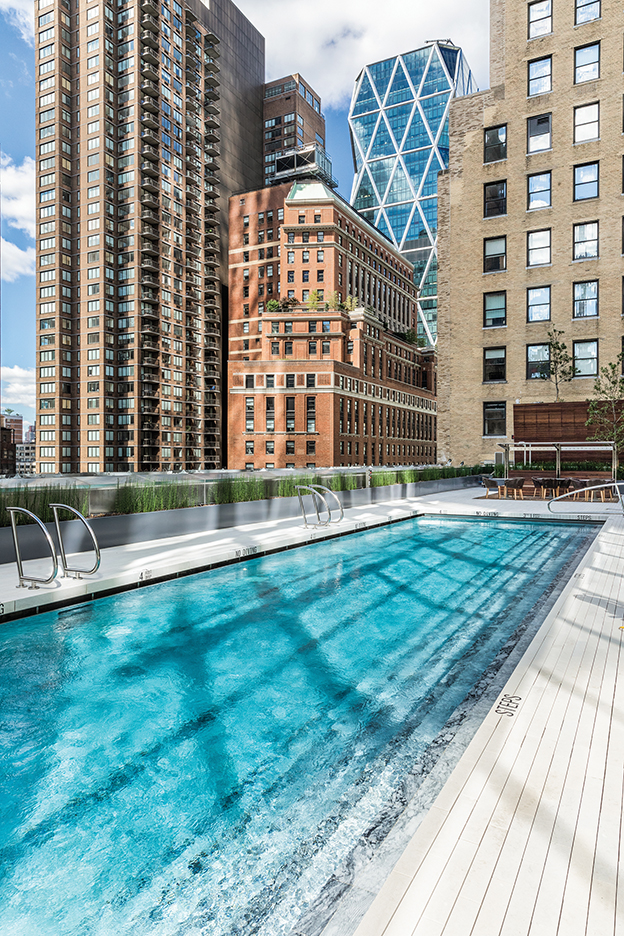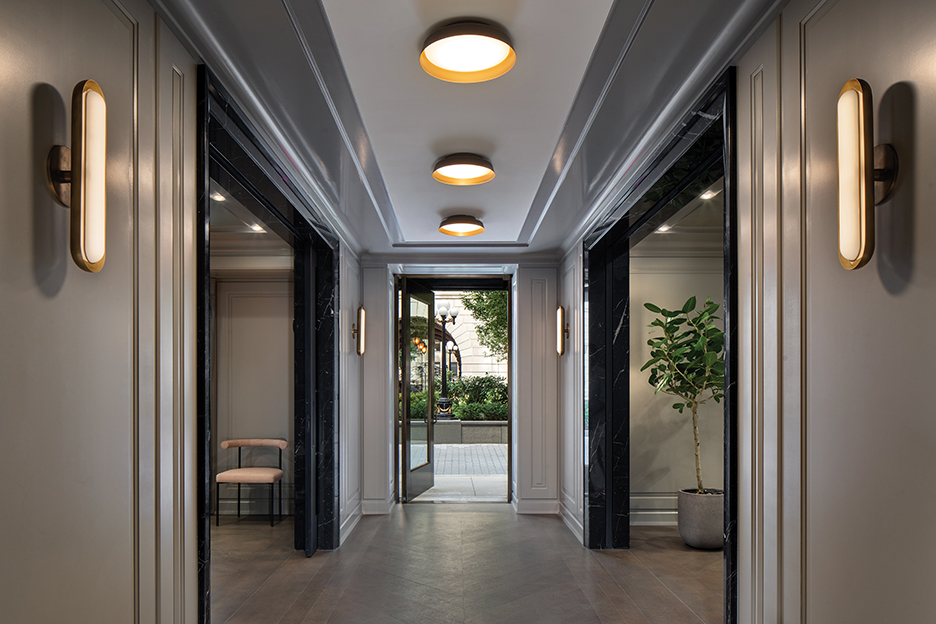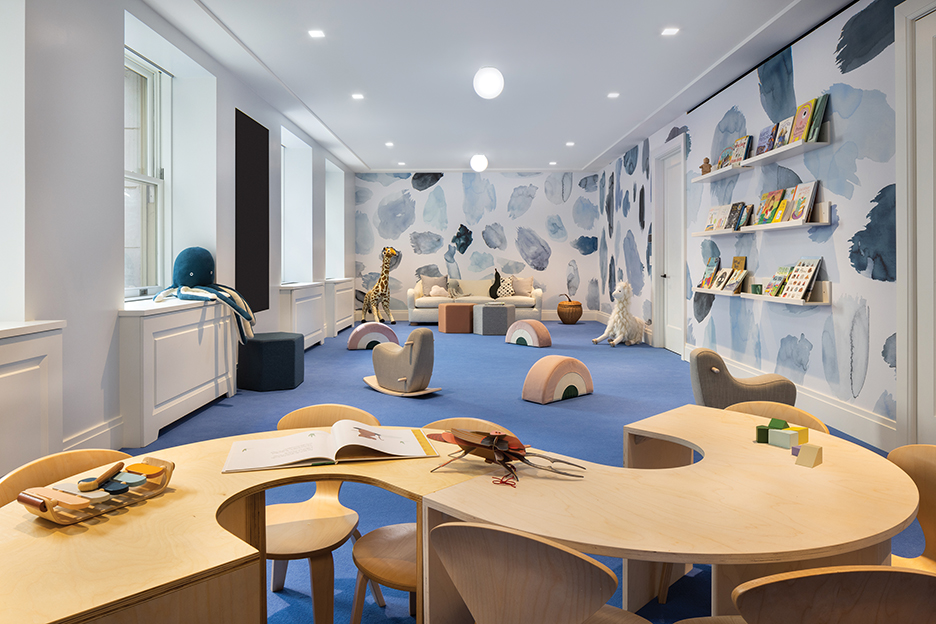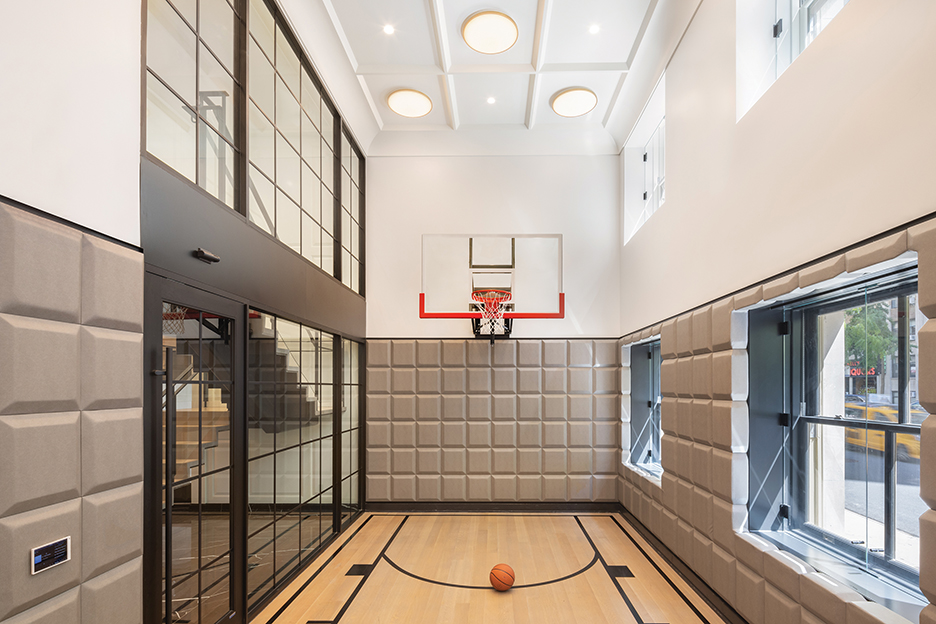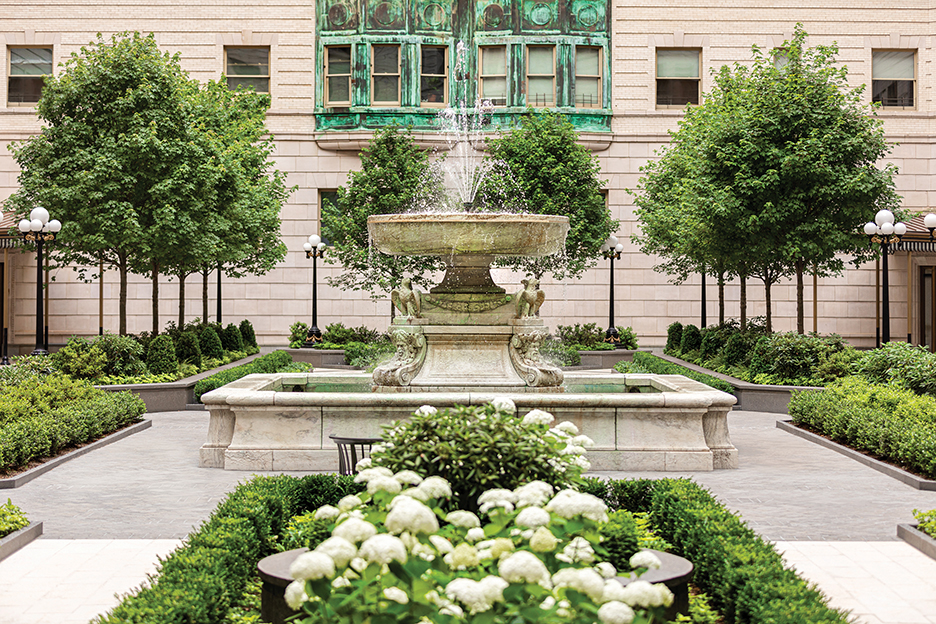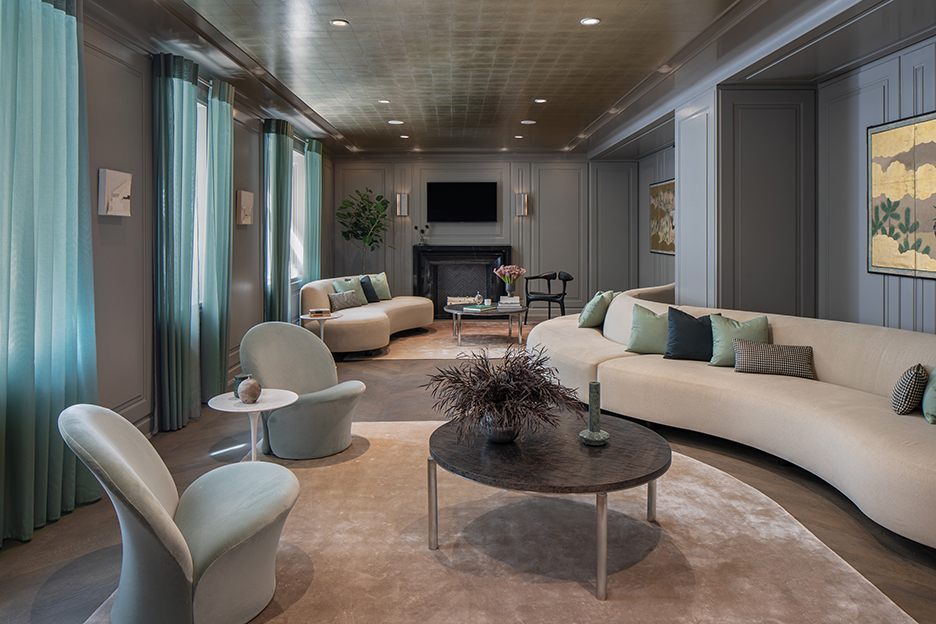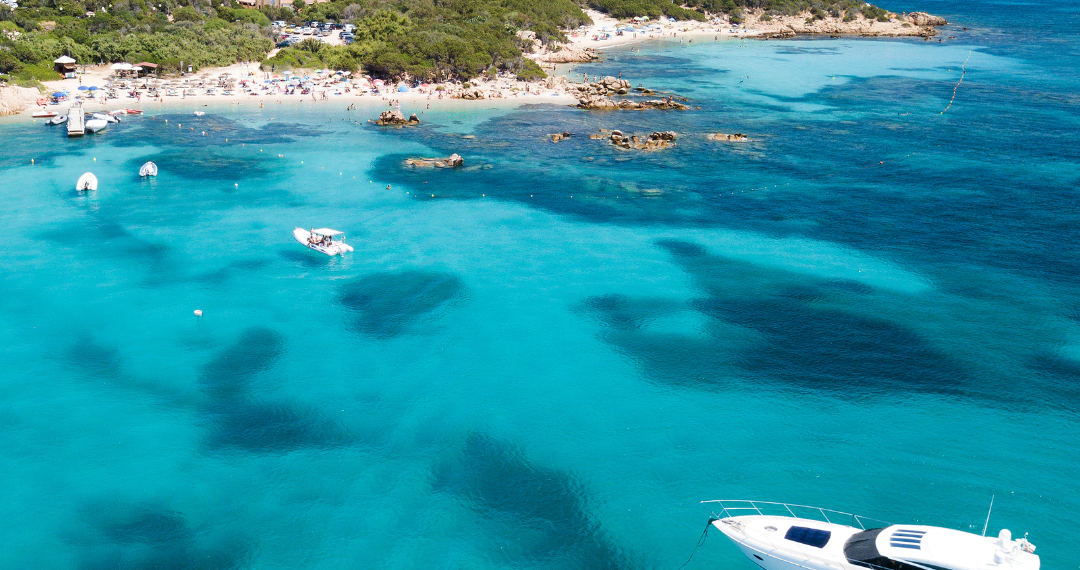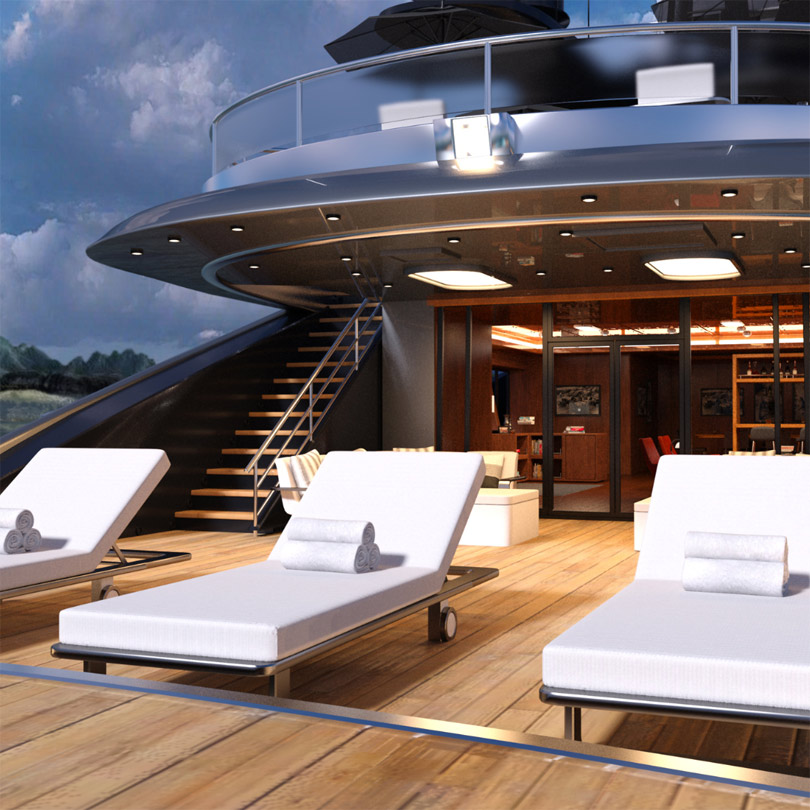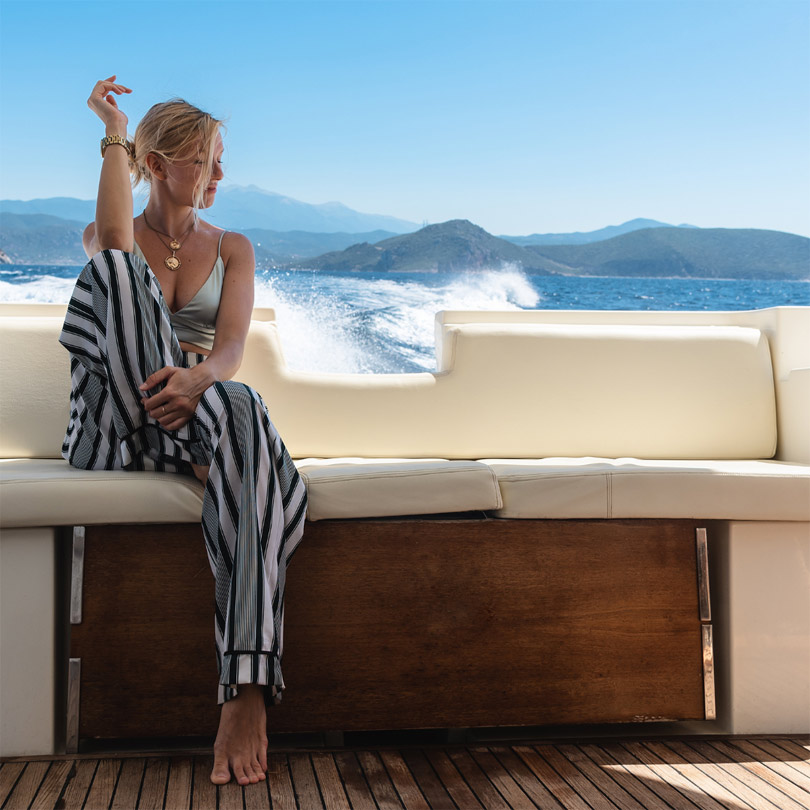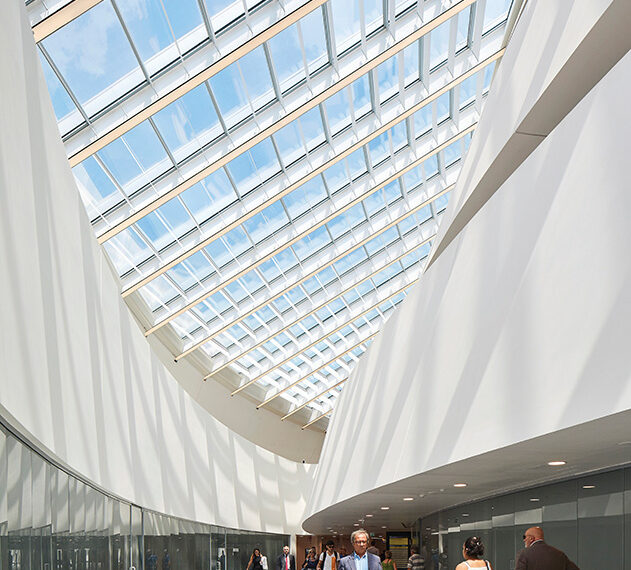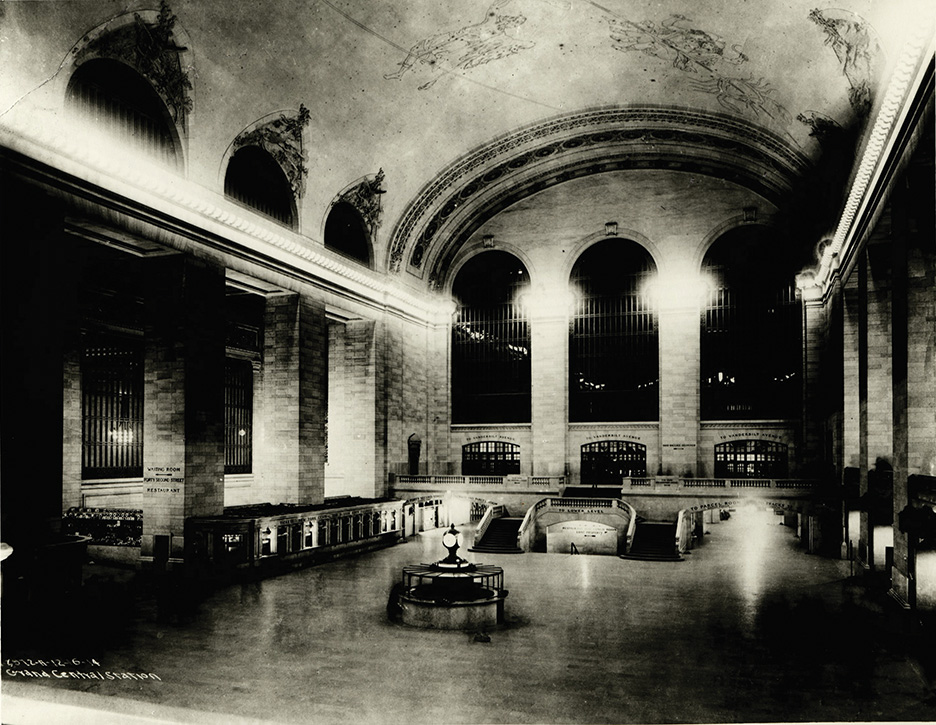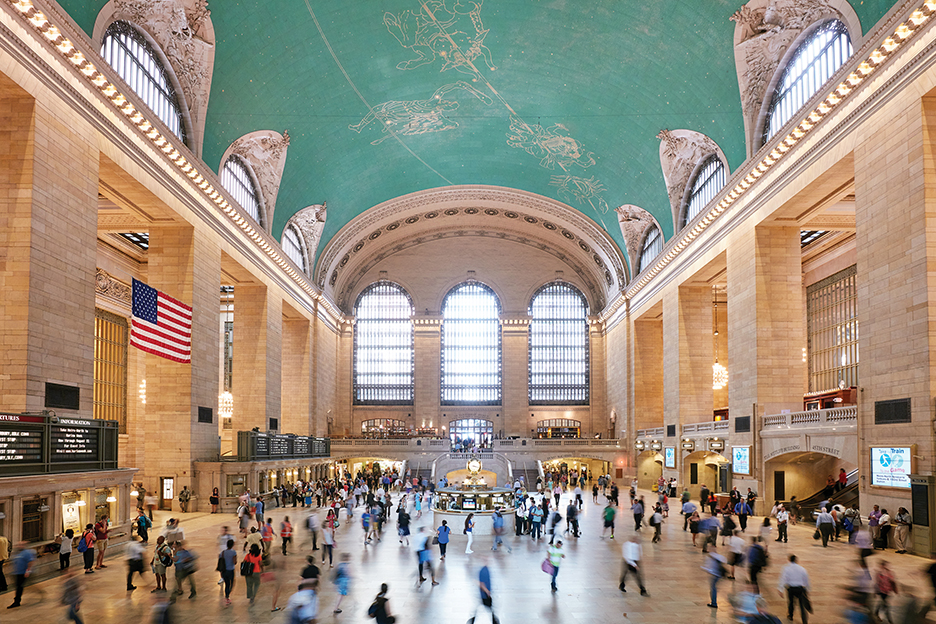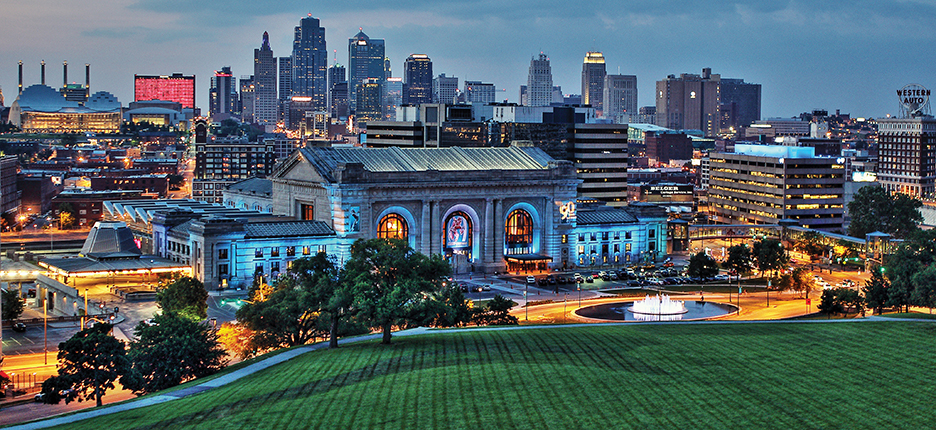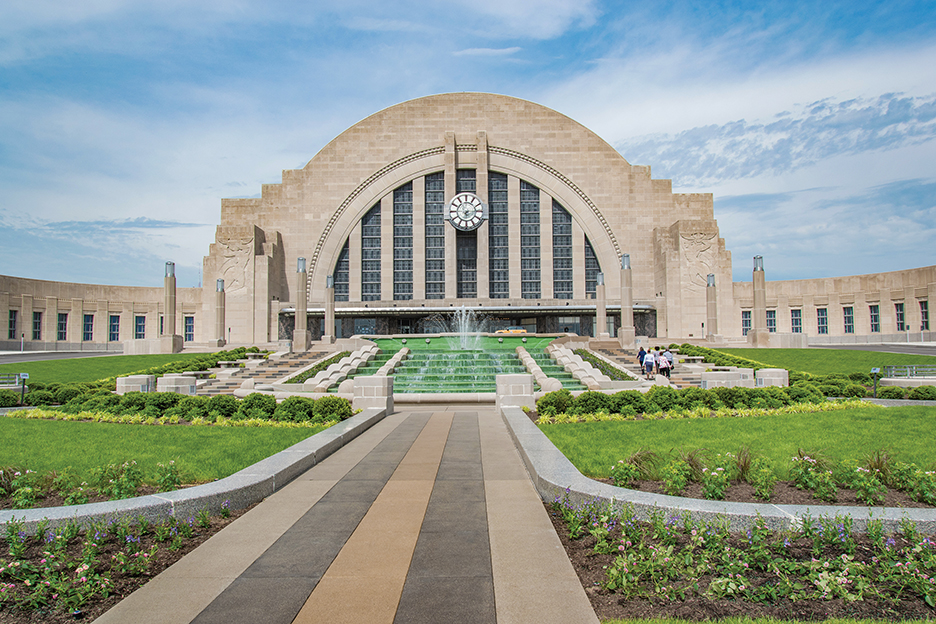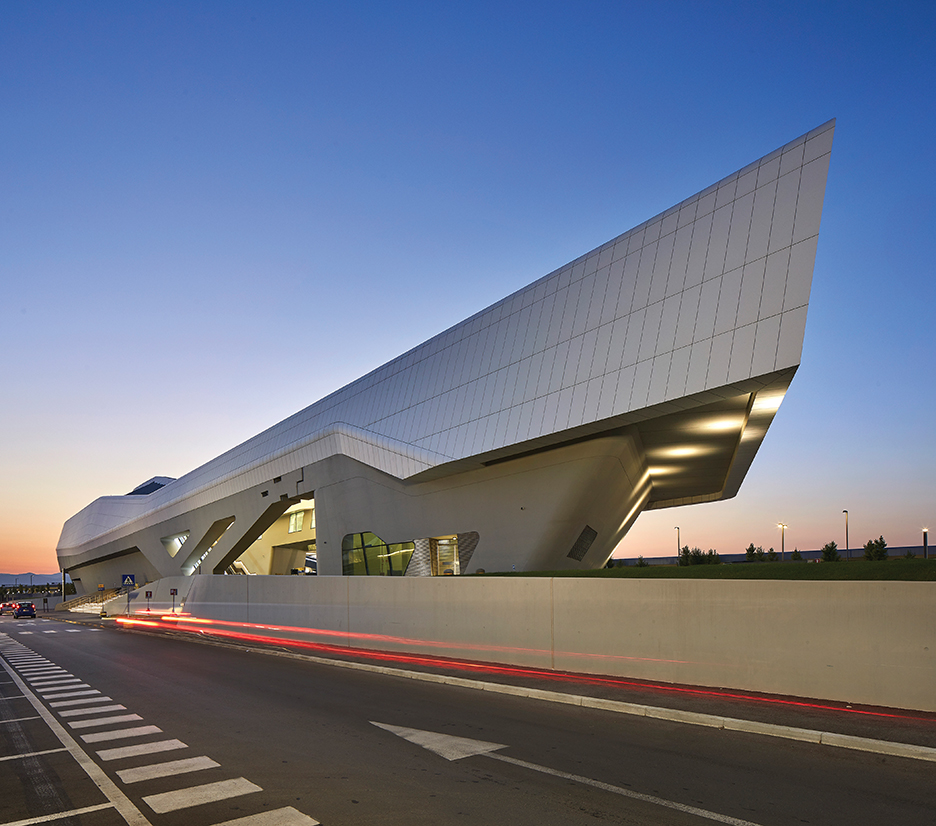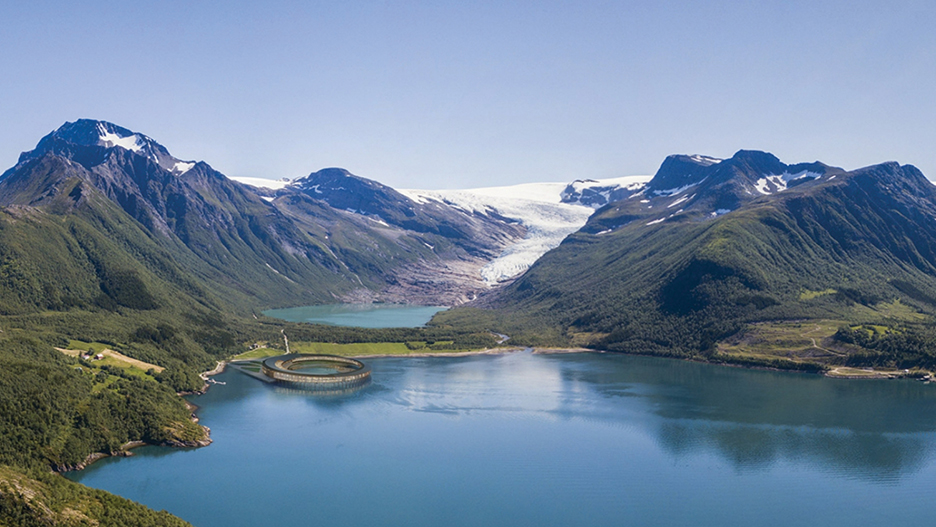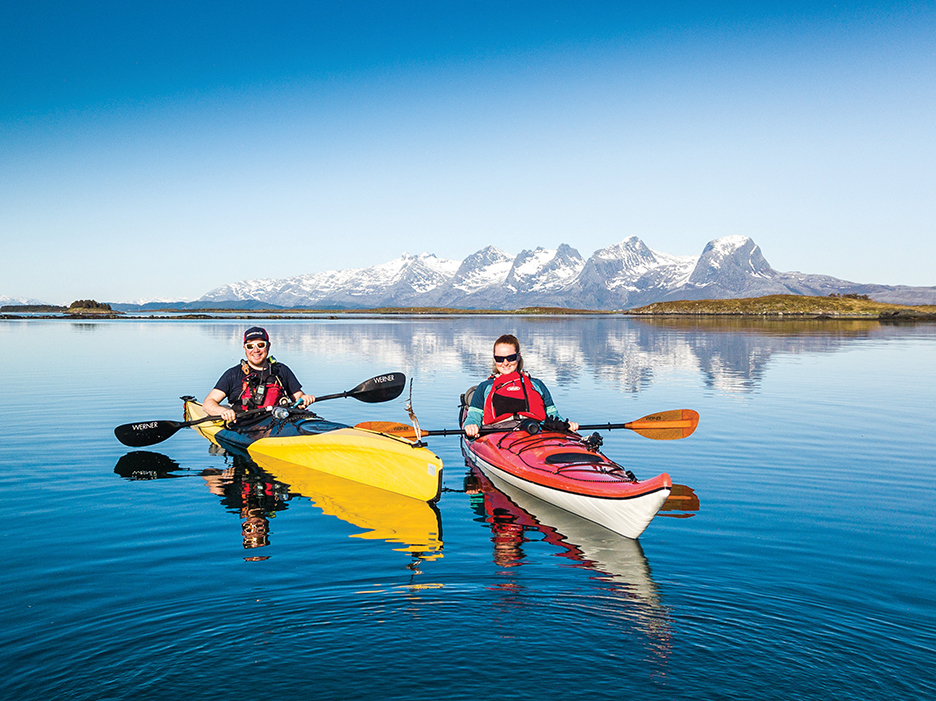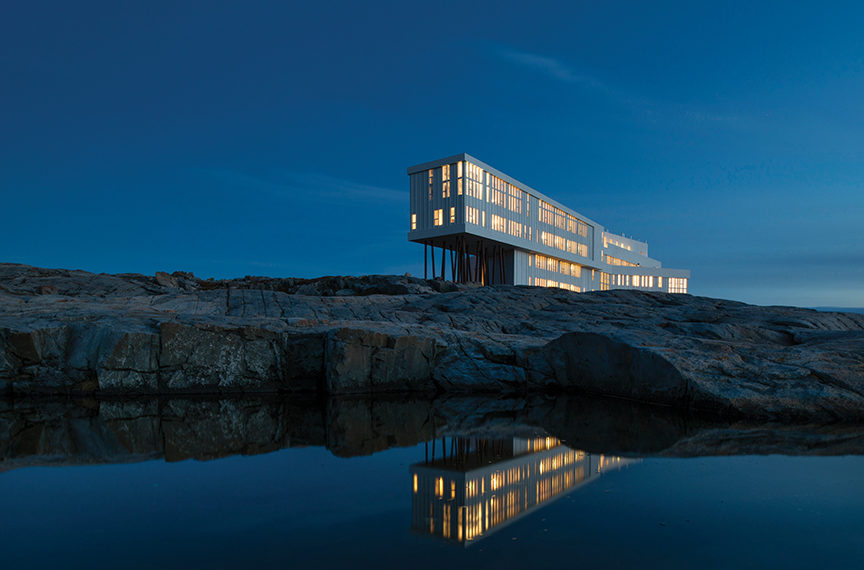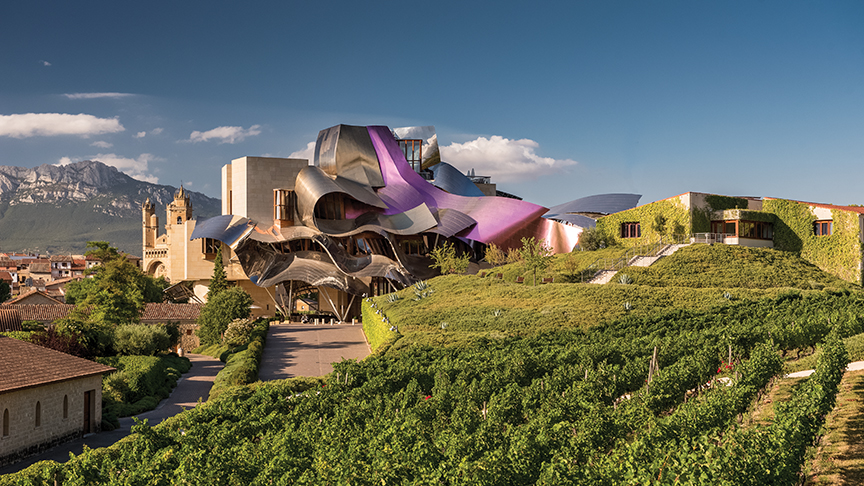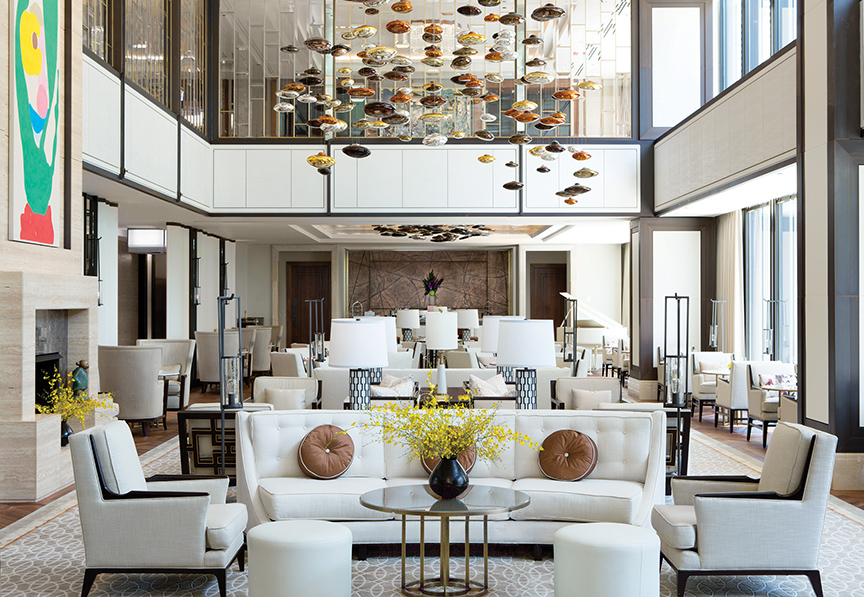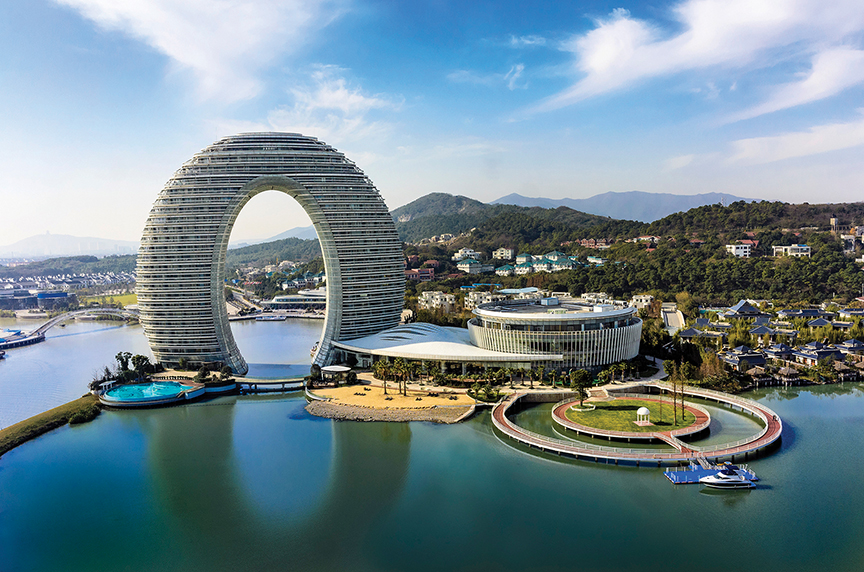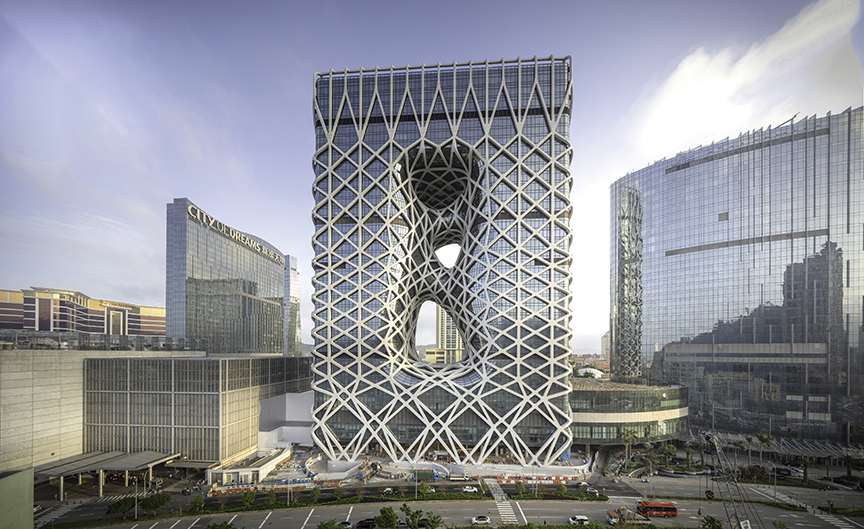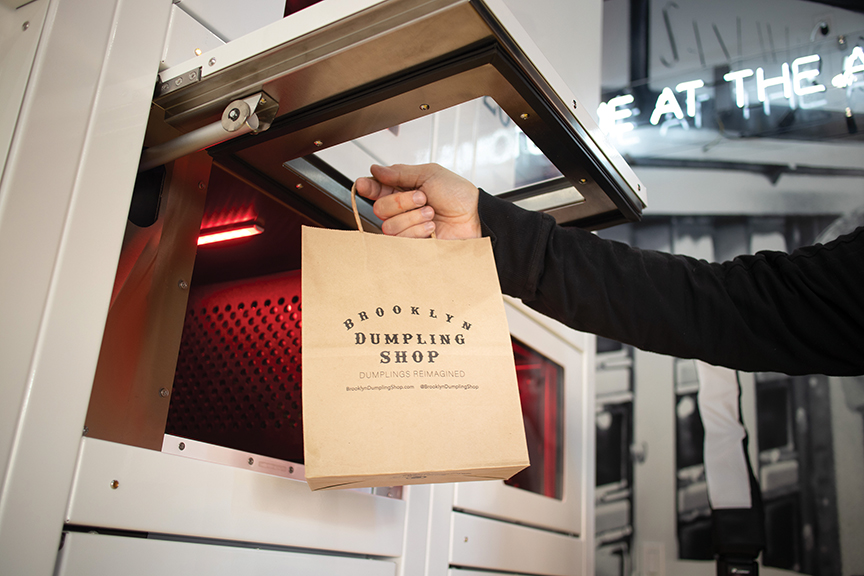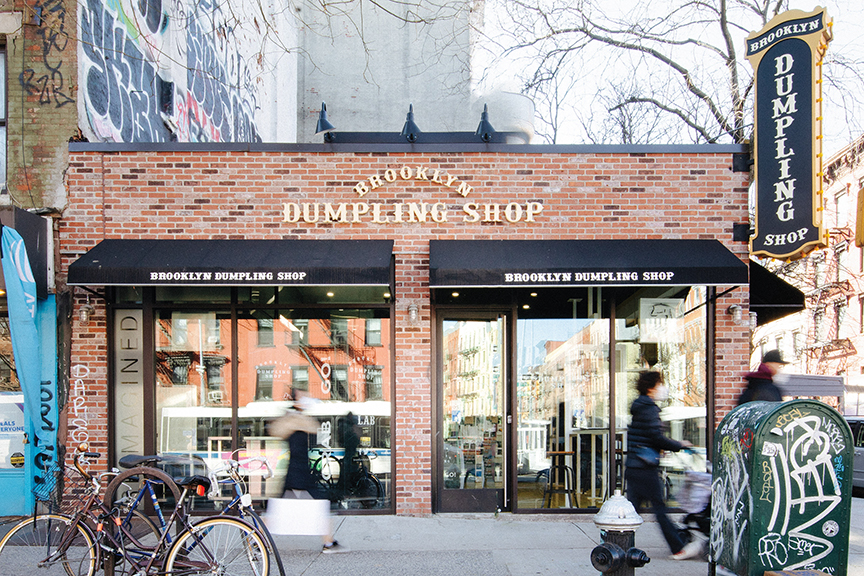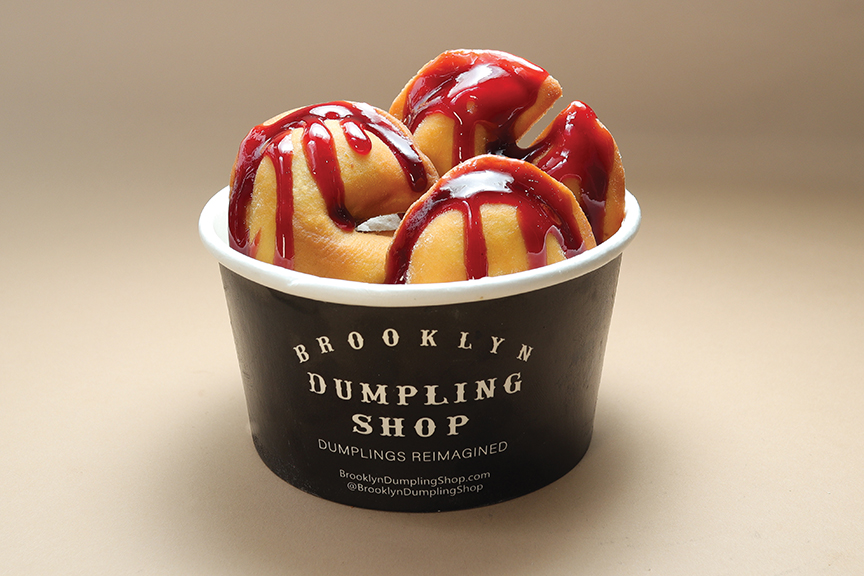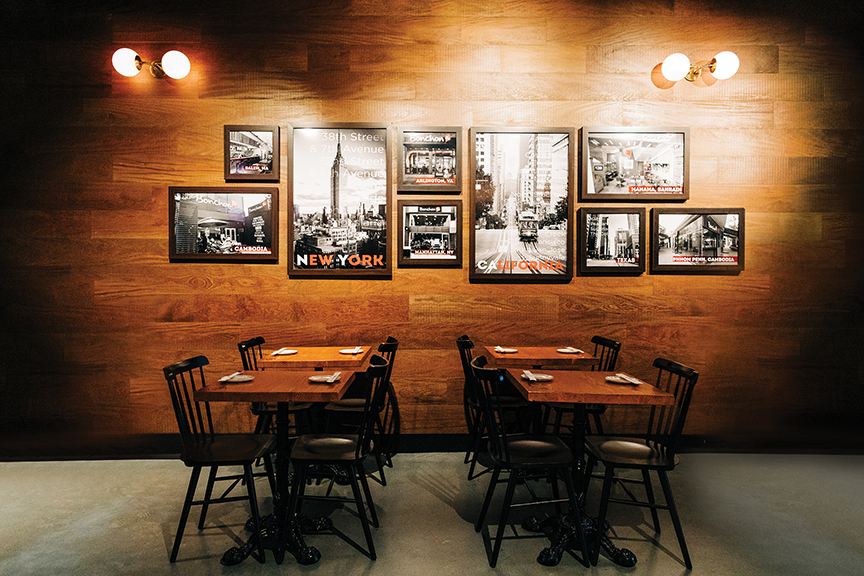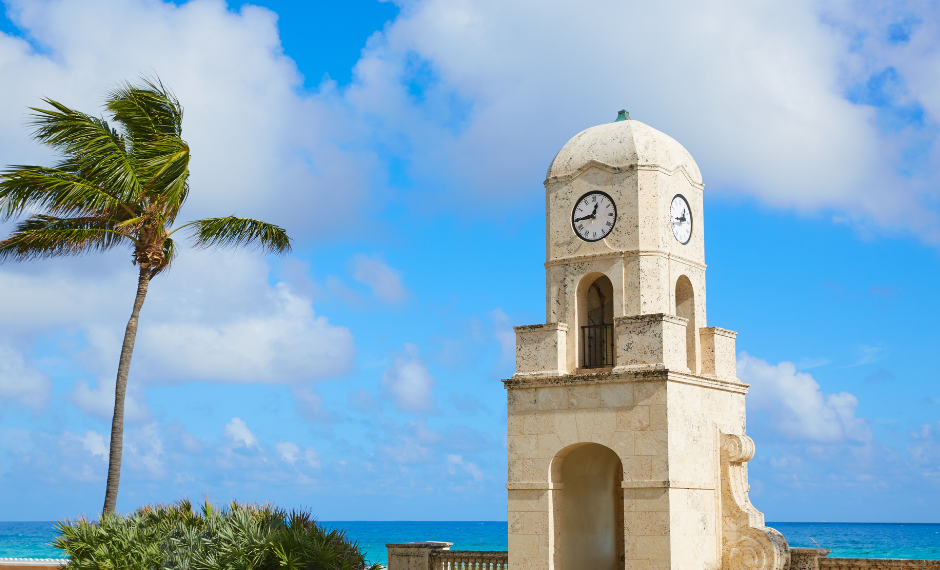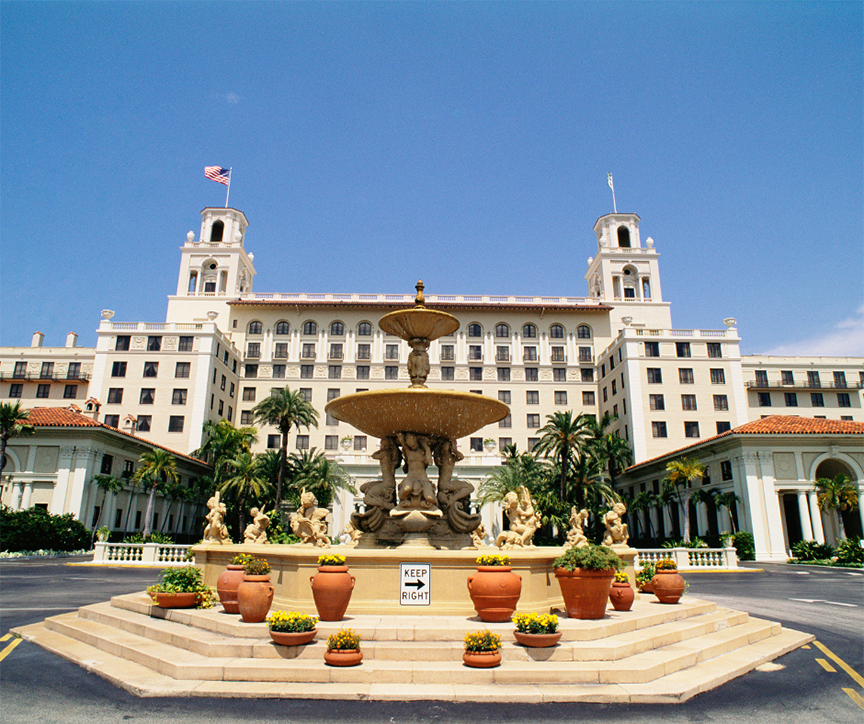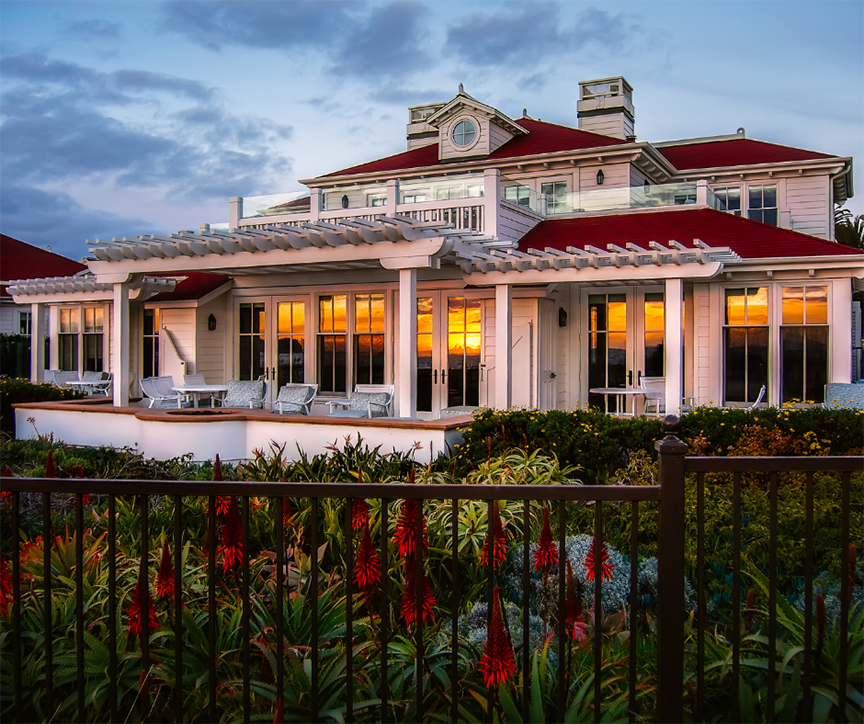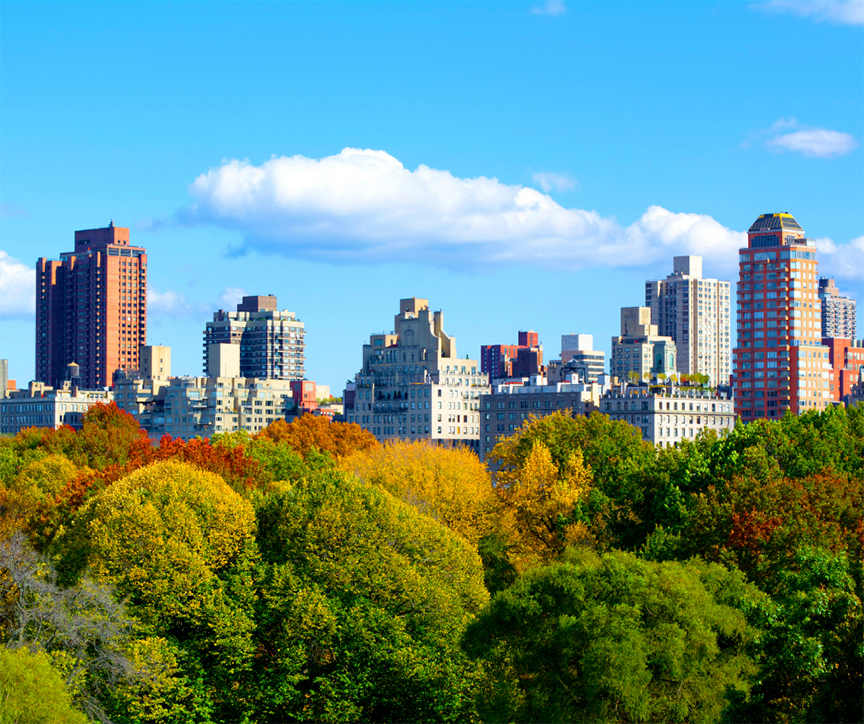By Ritika Jain
When you think of luxury, you don’t often think of rituals and routines. However, in the aftermath of years of isolation and uncertainty, people are striving for a sense of routine and community in their day-to-day lives. In response, luxury residences are starting to create shared spaces bathed in lavish details for residents to connect and spend quality time. These spaces are called “Ritual Rooms,” which promote regular gatherings among residents within the building itself, often complete with lavish features and striking views. Rooms of this kind are popping up in upscale condominiums in Florida, including The Ritz-Carlton Residences, Estero Bay and Nexo Residences, North Miami Beach.
The Ritz-Carlton Residences, Estero Bay is a towering structure in Southwest Florida with two-, three- and four-bedroom residences and overlooks Florida’s first aquatic preserve, Estero Bay. In order to make use of South Florida’s gorgeous sunset views, it now boasts a Sunset Lounge designed by New York-based interior design studio Meyer Davis, complete with a bar and double-height glass surroundings. Craig Klingensmith, vice president of London Bay Development Group, shared with The High End the inspiration behind the Sunset Lounge and what they hope it will accomplish.
“The concept for the Sunset Lounge came about from the desire to incorporate a large, centrally located area that would unite the two residential towers and would also present an opportunity for residents from both buildings to come together to enjoy the amenity spaces,” explains Klingensmith. The room itself boasts an understated yet luxurious design with the use of natural materials, which were inspired by the natural surroundings of Estero Bay.
With floor-to-ceiling windows, the Sunset Lounge invites expansive views of an outdoor deck overlooking three pools, a lagoon with floating-like pavilions, the Saltleaf Marina, and stunning vistas of Estero Bay. Along with a dreamy visual backdrop, the room presents opportunities for gathering with the ornate bar and a Demonstration Kitchen, “where residents can gather for a cooking class, or where some of Florida’s very best chefs can come in to prepare award-worthy meals.”
Klingensmith expects the Sunset Lounge to be a hit among residents, as it will act as the central gathering space between both towers. The brand’s commitment to providing the epitome of luxury living alongside a sense of community is reflected not only in this room, but in all 36,000 square feet of interior amenities. “Each of these unique spaces is elevated with the brand’s hallmark of providing personalized and high-touch service that makes all the difference to enhancing everyday life.”
The Nexo Residences over in Miami Beach, which is slated to break ground in 2023 with a two-year construction period, is jumping on this trend with a Rooftop Observatory Deck to utilize in the nighttime. It will feature a telescope for stargazing; a summer kitchen with a large grill, mini fridge, and wine cooler; a long dining table for residents to socialize; and cozy seating arrangements around fire pits.
According to the team, the concept behind the Rooftop Observatory Deck is “to offer residents an intimate gathering space that would seamlessly merge indoor and outdoor living, as well as showcase the beautiful Miami skyline.” The location of the building allows access to 360-degree, panoramic views of Miami’s most scenic skylines, including those of Aventura, Sunny Isles, and North Miami. It will provide residents with an opulent yet tranquil space to host gatherings and connect with one another while also promoting an appreciation for the natural landscape.
The integration of outdoor amenities within residences not only offers a sense of community, but also a variety of benefits to your health and well-being. “Humans have an innate desire to want to be close to and surrounded by nature. Studies show that outdoor spaces are essential to everyday life and promote health and happiness. Offering residents outdoor amenities allows people to feel connected to nature while promoting a sense of well-being,” says the team.


